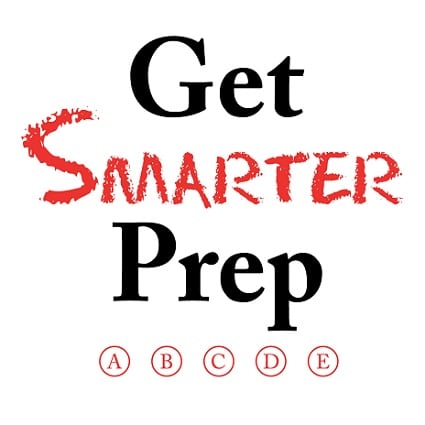Rankings vs. Fit Part III
Rankings vs. Fit Part III
In this series, Audrey dissects a recent debate over the merits of Ivy League Universities which has opened up a much broader and more important conversation – one about choosing colleges and the importance of looking beyond selectivity and rankings when choosing a school. This is Part Three of the series. Here are Part I and Part II.
So, rankings may not be that important after all. They may give us some ideas, but they are not definitive – which schools are included and how those schools are ranked vary quite a bit from one rankings system to another, and the criteria may not include the factors that are most important to an individual student.
So what is important?
This is what was important to me: I wanted my campus to be pretty. I wanted people to be nice. I wanted to be able to get to know my professors a little bit, because I learn best when I’m face to face with someone. I wanted the food to be good.
That doesn’t narrow it down much, does it? I didn’t mind a religious affiliation, but I didn’t want mandatory theology classes, because I felt I’d had enough of that in my Catholic high school, so that meant Georgetown was out. I wanted to be able to take some electives, not just courses in my major (bye-bye, Cooper Union). I was pretty committed to the idea of seasons (there goes Arizona State) and putting a few hundred miles between me and my hometown (sorry, Washington University).
Some students will visit an older sibling or cousin who ended up at Ohio State and fall in love with the school, without looking at too many other places or asking very many questions. And those students might well have an amazing experience at Ohio State. Many of the things that determine the flavor of your particular college experience may not show up in a brochure or even an overnight visit: a particular class you stumble upon because the one you intended to take was full and you really need something Monday and Wednesday at 3:00, or the person who lives across the hall from you during your first semester, or the little all night diner across town that no one else seems to know about. Ohio State is just as likely to deliver these serendipitous intangibles as any other school. The list of factors I’m suggesting below is not for those students, nor is it for the ones who have always wanted to attend the same school as a parent or uncle and are certain they will be accepted to that school (although I’d point out that having backups is still wise).
This list is for students who are certain their perfect school is out there, somewhere, and are tempted to turn to rankings guides to find it. This list is for students who wanted to attend the most selective school that would accept them before they read that the most selective school that accepts you might not actually be the best fit. This list is for students who are overwhelmed by the sheer numbers of schools – even in an abbreviated list like Princeton Review’s – and have no idea where to start.
Choosing a college that works for you is like folding a giant, unwieldy blanket. Which corner you start with matters less than the fact that you need to start with a corner. Once you’ve got a handle on that, you can move to the next corner, and the next, until what was a giant, uncoordinated mess is something manageable and organized. “Corners,” for the purposes of my metaphor, are geography, academics, extracurriculars, and amenities. So pick a corner, and start narrowing that list.
Audrey Hazzard is a Tutor at Get Smarter Prep.


